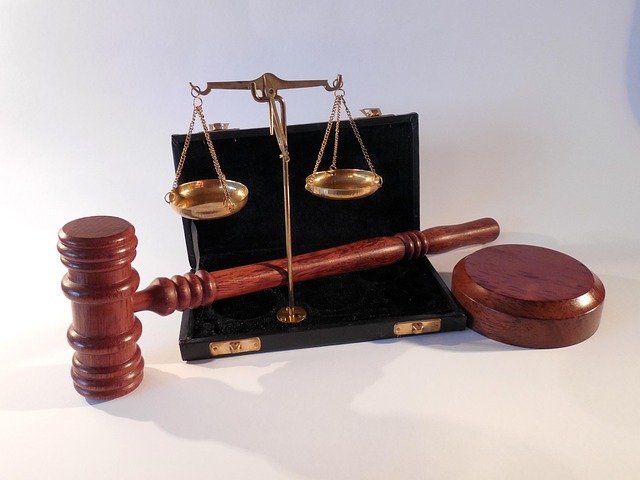Medical malpractice claims require meticulous documentation of medical histories, treatment plans, and communication logs to establish negligence and secure justice for patients harmed by healthcare professionals. Detailed records, organized by a medical malpractice lawyer, serve as compelling evidence in legal proceedings against negligent parties, enhancing the chances of favorable outcomes and compensation for victims.
Documentation plays a pivotal role in building strong medical malpractice claims. For victims seeking justice, understanding the intricacies of these claims and the power of comprehensive records is essential. This article delves into the significance of documentation, exploring how detailed and accurate medical records strengthen cases. We provide strategic insights for patients and their advocates to ensure effective documentation, ultimately aiding medical malpractice lawyers in securing favorable outcomes.
- Understanding Medical Malpractice Claims: The Role of Documentation
- The Impact of Detailed and Accurate Records on Case Strength
- Strategies for Effective Documentation to Support Malpractice Injury Claims
Understanding Medical Malpractice Claims: The Role of Documentation

Medical malpractice claims are a critical aspect of seeking justice for patients who have suffered harm due to negligent medical care. Understanding these claims requires a deep dive into the intricate relationship between healthcare professionals, patients, and their legal representatives, particularly medical malpractice lawyers. The process involves meticulous documentation that serves as evidence to support or refute the allegations.
In the event of suspected medical malpractice, detailed records become the cornerstone of building a compelling case. These documents include medical histories, treatment plans, prescription details, progress notes, test results, and any communication between patients and caregivers. For instance, a car accident lawyer or caregiver negligence claim may hinge on the interpretation of these documents, highlighting deviations from accepted standards of care and the subsequent impact on the patient’s health, potentially leading to serious injuries. Effective documentation not only strengthens the case but also ensures that all aspects of patient care are thoroughly examined, providing clarity in complex legal matters.
The Impact of Detailed and Accurate Records on Case Strength

Detailed and accurate records are invaluable assets for anyone seeking to build a strong medical malpractice claim. When it comes to navigating complex legal proceedings, especially against healthcare providers, having comprehensive documentation can significantly strengthen a case. Medical malpractice lawyers rely on these records to establish a clear sequence of events, identify deviations from accepted standards of care, and demonstrate the direct impact of these deviations on the patient’s health or well-being.
For instance, in personal injury cases involving caregiver abuse or real estate litigation where medical evidence is at play, precise documentation can make all the difference. It ensures that the legal team can effectively communicate the severity of the harm caused, support their arguments with factual evidence, and ultimately argue for just compensation. Accurate records serve as a robust foundation for building compelling malpractice injury claims, bolstering the case against negligent parties and increasing the likelihood of favorable outcomes for patients or their families.
Strategies for Effective Documentation to Support Malpractice Injury Claims

Effective documentation is a cornerstone for building compelling malpractice injury claims. When navigating legal proceedings against a medical professional or healthcare facility, thorough and well-organized records can significantly strengthen your case. A medical malpractice lawyer will often rely on detailed documentation to prove negligence, causation, and damages. This includes medical records, expert opinions, witness statements, and any relevant correspondence. Capturing these elements promptly and accurately ensures that your claim has solid footing.
Strategic documentation involves several key practices. Firstly, obtain comprehensive medical records detailing the patient’s history, treatment, and outcomes. Secondly, engage qualified experts who can opine on the standard of care and whether it was breached in the specific case. Thirdly, document any communication with insurance providers or other relevant parties, as this can offer insights into the handling of previous claims or settlements, such as wrongful death or homeowner insurance claims. Lastly, maintain a clear timeline of events leading up to the accident and subsequent injuries, which can greatly aid in presenting a coherent narrative for accident settlements.
Documentation is a cornerstone in building compelling medical malpractice injury claims. By maintaining detailed and accurate records, healthcare providers can significantly strengthen their cases and protect themselves against potential litigation. Implementing effective documentation strategies, as outlined in this article, enables medical professionals to effectively communicate complex medical information, demonstrate due care, and ultimately, secure favorable outcomes for patients—a crucial aspect that a medical malpractice lawyer would appreciate.






